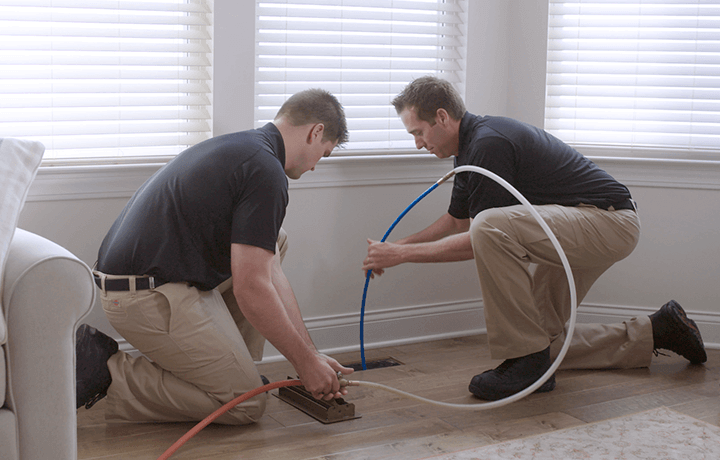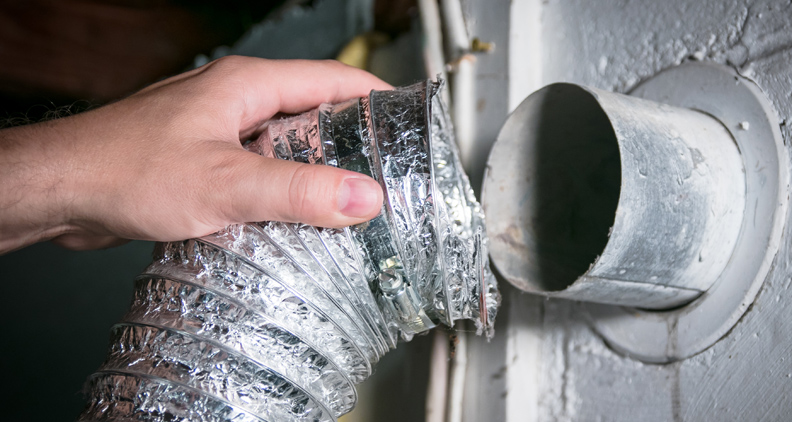When it comes to maintaining indoor air quality, understanding what types of mold and bacteria can infiltrate your HVAC system is crucial. For homeowners and business owners alike, knowing these hazards can help in taking the necessary steps to ensure a healthier, safer environment.

The Basics of Mold and Bacteria
Mold and bacteria are common contaminants in HVAC systems that can pose serious health risks. While many types of microbes can thrive in air conditioning units, some are more common than others.
Common Types of Mold in HVAC Systems
Several types of mold commonly infiltrate HVAC systems. Here are some of the most frequent culprits:
- Aspergillus: Known for causing allergies and respiratory issues.
- Cladosporium: A mold that thrives in both warm and cold conditions.
- Stachybotrys: Often called black mold, this mold is toxic and can cause severe health issues.
- Penicillium: Frequently found in moist environments and can trigger allergies.
Bacteria in HVAC Systems
Just like mold, bacteria can also be a significant concern in HVAC systems. Some of the most common types include:
- Legionella: Responsible for Legionnaires’ disease, it thrives in warm water systems.
- Pseudomonas: Found in water and soil, it can cause infections.
- Staphylococcus: Can cause a range of ailments from minor skin infections to serious respiratory issues.

Causes of Mold and Bacteria Growth in HVAC Systems
Several factors can contribute to the growth of mold and bacteria within HVAC systems:
- Moisture: Condensation and leaks can create an ideal breeding ground for microbes.
- Temperature: Warm conditions within ductwork can facilitate microbial growth.
- Organic Material: Dust and debris provide nutrients that mold and bacteria need to thrive.

Health Risks Associated with Contaminated HVAC Systems
The presence of mold and bacteria in HVAC systems can lead to various health issues, including:
- Respiratory problems, such as asthma and allergic reactions.
- Skin irritations and infections.
- Severe illnesses like Legionnaires’ disease.
Signs of Mold and Bacteria Contamination in Your HVAC System
To identify if your HVAC system is contaminated, watch out for these tell-tale signs:
- Musty Odors: A significant indicator of mold presence.
- Visible Mold: Look for mold colonies in and around the unit.
- Health Symptoms: Unexplained health issues could indicate contamination.
Preventing Mold and Bacteria in HVAC Systems
Preventing microbial growth involves taking proactive steps, such as:
Regular Maintenance
Regularly clean and maintain your HVAC system to prevent mold and bacteria buildup. Replace air filters as recommended and book professional cleanings.
Control Humidity
Keep indoor humidity levels below 60% to inhibit mold and bacteria growth. Use dehumidifiers if necessary.
Inspect for Leaks
Frequently check for any leaks or standing water in the HVAC system and fix them promptly.
What to Do If You Find Mold or Bacteria
If you suspect or find evidence of mold or bacteria, take these steps:
- Contact a professional HVAC technician to assess and clean your system.
- Consider air purifiers to improve air quality.
- Consult a medical professional for any health-related concerns.
To learn more about keeping your HVAC system in top condition, check out HVAC system reversing valve and HVAC system duration.
FAQs
How can I tell if my HVAC system is contaminated?
Look for signs such as musty odors, visible mold, and unexplained health symptoms. Regular inspections can also help identify contamination early.
Can I clean mold and bacteria from my HVAC system myself?
While minor maintenance can be done by homeowners, it’s best to hire a professional for thorough cleaning and disinfection to ensure safety and effectiveness.
What are the best ways to prevent mold and bacteria growth in HVAC systems?
Regular maintenance, controlling humidity, and inspecting for leaks are key steps in preventing microbial growth in HVAC systems.